Reducing Operational Costs in FCEVs Through Advanced Filtration Solutions
Introduction
This white paper presents three innovative solutions by Parker Hannifin to address the challenges of cathode air filtration in Hydrogen Fuel Cell Electric Vehicles (FCEVs). It details the development of a high-performance pre-cleaner for particulate removal, an adsorption filter for gaseous contaminants, and a mathematical model for predicting service life.
Background
Globally, there are approximately 52 million medium and heavy-duty diesel engines in service, with an additional 3.9 million manufactured annually. Despite stringent legislation, annual greenhouse gas (GHG) emissions from these vehicles in the United States have increased from 234 million metric tons in 1990 to 413 million metric tons in 2022. To combat climate change, the Paris Accord aims for emissions neutrality by 2050. One solution is the development of zero-emission Hydrogen Fuel Cell Electric Vehicles (FCEVs).
In Proton Exchange Membrane (PEM) FCEVs, the fuel cell generates electrical energy to drive the vehicle. The PEM fuel cell converts chemical energy from the reaction of hydrogen and oxygen into electrical energy. Hydrogen is split into protons and electrons, with protons passing through the membrane to combine with oxygen, creating water as the only emission. However, atmospheric pollutants like particulates, nitrogen oxides (NOx), sulfur dioxide (SO2), and ammonia (NH3) can contaminate the platinum catalyst, reducing power output and fuel cell service life. For instance, SO2 can cause a 40% irreversible loss in performance at 5 ppm, NOx can lead to a 15% temporary loss at 5 ppm, and NH3 can cause a 10% irreversible loss at just 1 ppm. Therefore, removing these contaminants is crucial for maintaining power efficiency and extending fuel cell life. Stringent limits for cathode filter outlet concentrations have been set by manufacturers: 1 ppb for SO2, 10 ppb for NOx, and 3 ppb for NH3.
Solutions
High-Performance Pre-Cleaners: These extend service life by protecting both particulate and gas adsorption functions of the filter.
Advanced Chemistries in Gas Adsorption: These enhance the filter's service life and the fuel cell's efficiency.
Mathematical Modeling: This aids in designing cost-effective filters and predicting service life under various operating conditions and duty cycles.
By implementing these strategies, the operational costs of FCEVs can be significantly reduced, extending fuel cell service life and supporting the transition to zero-emission vehicles.

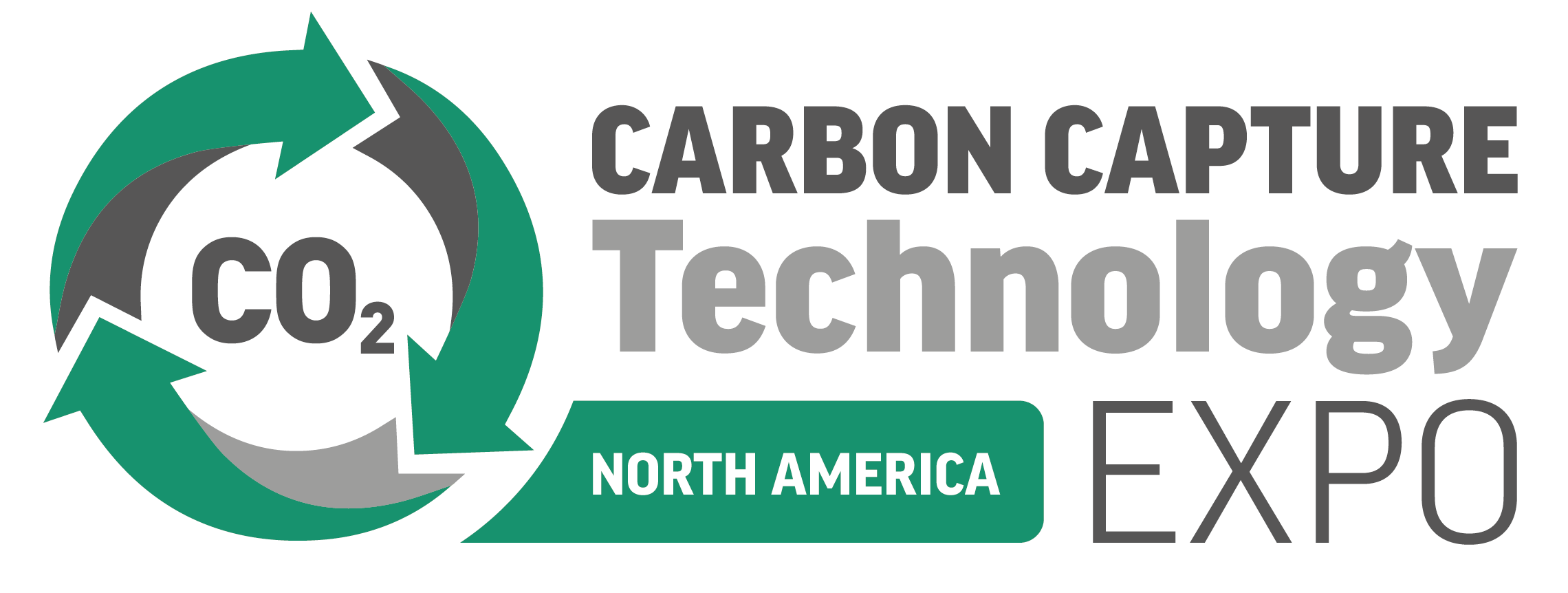
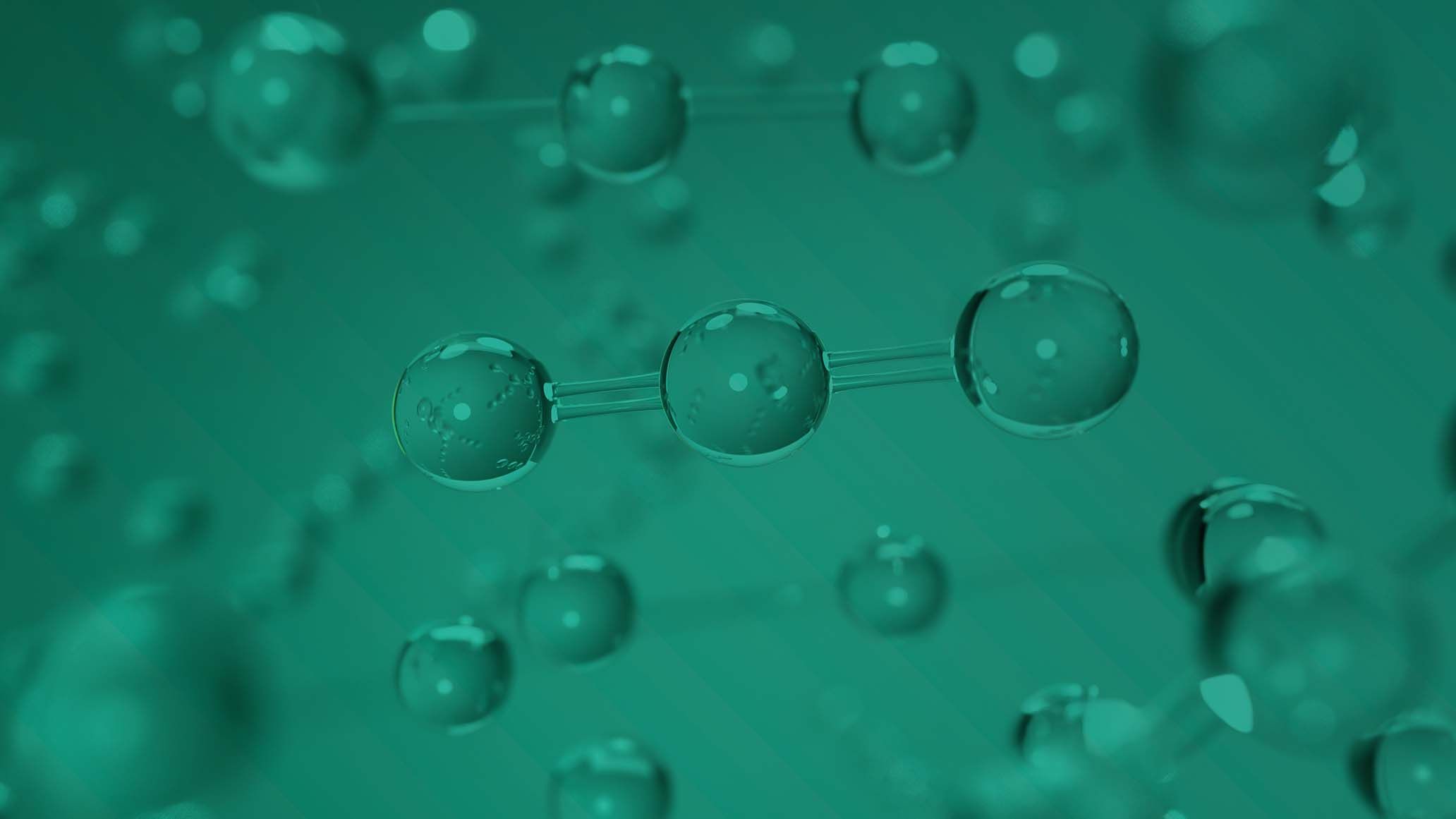

)
)
)
)
)
)
)



)
)
)
)
)
)
)
)
)
)
)
)
)
)
)
)
)
)
)
)
)
)
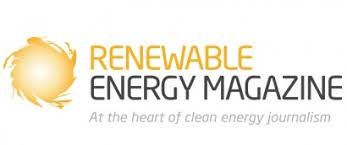
)

)
)
)
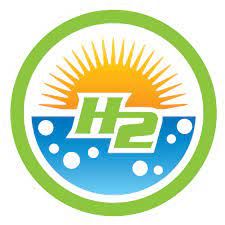
)
)
)
)
)
)
)
)
)
)
)

)

)
)
)
)
)
)
)
)
)
)


)
)
)
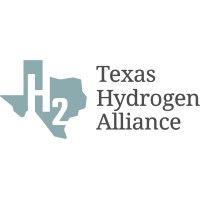
)
)
)
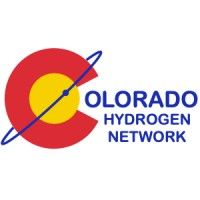
)
)
)
)
)

